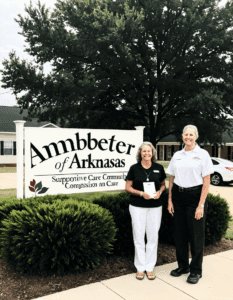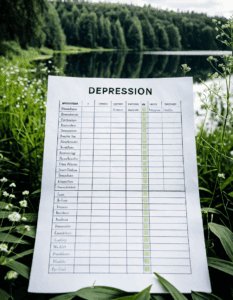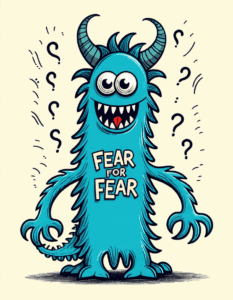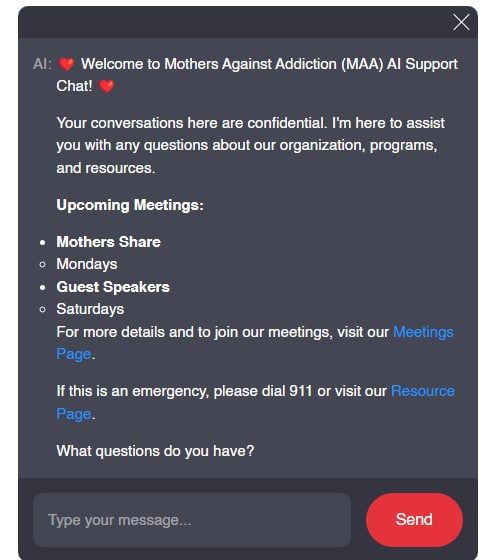Educating Communities on Addiction: Why Awareness Matters
The journey of addiction is a harrowing one—not just for the individual but for their loved ones and the wider community. That’s why educating communities on addiction holds pivotal importance. It addresses prevention, support, and awareness. For parents grappling with their child’s addiction or coping with loss, knowledge can be a guiding light. This article delves into unique approaches and real-world examples to educate communities effectively.
The 4Cs of Addiction Education
One of the widely recognized frameworks to understand addiction is the 4Cs—Craving, Compulsion, Control, and Consequences. By comprehending these components, we gain insights into how addiction manifests and what can be done to mitigate its effects.
1. Community Engagement and Awareness Programs
The cornerstone of educating communities on addiction lies in proactive engagement. Real-life initiators like the Betty Ford Clinic have set the bar high with community outreach involving workshops, guest talks, and interactive activities. Their ‘Healing Happens Here’ program, for instance, includes former addicts sharing their stories, fostering empathy and breaking down stigmas associated with addiction. Evidence from these initiatives shows a tangible reduction in substance abuse cases by nurturing a supportive environment.
Case Study:
In 2021, a small town in Montana experienced a sharp decline in teenage drug use following collaboration with local sports teams and schools. They emphasized positive peer pressure through engagement, demonstrating the power of community-driven efforts.
2. Collaborative Efforts with Schools
Educational institutions play a key role in the formative years of youth. Programs like D.A.R.E. (Drug Abuse Resistance Education) have paved the way, but modern collaborations are evolving. Chicago Public Schools, for instance, have introduced ‘Uptown Safe,’ a bi-annual immersive workshop emphasizing healthy alternatives to drug use and the importance of mental wellness.
Data Analysis:
A survey conducted by John Hopkins University in 2022 noted a 25% decrease in drug use among students participating in holistic educational approaches compared to traditional methods. These insights underscore the effectiveness of integrating comprehensive curriculums that tackle mental health alongside drug education.
3. Community Health and Resource Centers
Resource centers like the Partnership to End Addiction offer a plethora of tools ranging from helplines to treatment locators, providing essential support to parents and guardians. These centers also facilitate regular seminars and support groups, critical, especially in vulnerable communities. The inclusion of digital health platforms has expanded their reach significantly, ensuring continuous support and resource access.
Statistical Insight:
A 2023 report by the National Institute on Drug Abuse highlighted a 40% increase in the success rate of recovery for individuals actively engaged with community resource centers compared to those without such support.
4. Consistency in Policy and Reform Advocacy
Policies shape social structures, and consistent advocacy for supportive legislative frameworks is indispensable. Organizations like Mothers Against Prescription Drug Abuse (MAPDA) have been at the forefront of championing change. Their ‘Safe Prescriptions Act’ campaign, in collaboration with policymakers, played a pivotal role in mandating stricter prescription guidelines and funding for treatment options.
Real-World Impact:
Following MAPDA’s 2020 campaign, several states reported a notable decline in opioid prescriptions, illustrating a direct correlation between policy advocacy and positive community health outcomes.
| Category | Description | Actions and Programs |
| Identifying Needs | Assess the specific substance abuse issues within the community. | – Conduct surveys and focus groups – Collaborate with local health departments – Review existing data and statistics |
| Community Readiness | Measure how prepared the community is to tackle substance abuse. | – Evaluate awareness and existing programs – Gauge community attitudes towards addiction – Identify key stakeholders |
| Motivating Community Action | Encourage initiatives and involve stakeholders. | – Organize town hall meetings – Develop partnerships with local organizations – Provide training and resources |
| Research-Based Programs | Implement evidence-based interventions aimed at prevention and education. | – Select programs validated by research – Customize approaches to fit community needs – Continuous monitoring and evaluation |
| 4Cs Framework | Craving, Compulsion, Control, and Consequences: the core components of addiction. | – Educate on the signs and symptoms based on 4Cs – Use framework in prevention and treatment initiatives |
| TINAD Program | Youth education on substance use, with a focus on opioids. | – Targets schools and youth groups – Emphasis on dangers of prescription pain medication, fentanyl, and heroin – Interactive and engaging format |
| SUPE: Substance Use Prevention Education | Comprehensive drug education for all ages. | – Offers articles and videos in 8 categories – Resources for kids, teens, parents, and educators – Accessible platform providing engaging content |
Innovative Strategies in Addiction Prevention
Systematic Training Programs
Training community leaders, educators, and health professionals on the nuances of addiction fosters a knowledgeable support network. Programs similar to those developed by Mental Health First Aid can be instrumental. These programs include equipping individuals with skills to manage crises, identify mental health issues early, and provide initial support until appropriate professional help becomes available.
Technological Intervention and Data Analytics
Utilizing advanced technologies such as data analytics to predict and prevent substance abuse has shown promise. Predictive models identifying at-risk groups can lead to targeted intervention programs. Stanford Medicine’s Substance Use Prevention team is pioneering in this space, harnessing AI to monitor social media trends among teenagers and proactively flag potential substance use anomalies.
Future Prospects:
Emerging tech solutions, including smartphone apps designed for mental health and addiction support, continue to revolutionize community education and engagement. They offer personalized resources and continuous monitoring, making addiction prevention more accessible and effective.
Holistic Measures and Their Far-reaching Benefits
Educating communities on addiction requires a multi-faceted approach that transcends traditional boundaries. It involves combining education, technology, policy advocacy, and community collaboration. By embracing these methodologies, we can prevent addiction while fostering a supportive environment for all members.
Engaging in these endeavors offers profound benefits, reducing addiction rates and creating cohesive communities that support their vulnerable members. Through shared knowledge, empathetic connection, and collective action, we can make a lasting difference, safeguarding future generations.
For more on addiction awareness Campaigns, personal Stories Of recovery, and Overcoming shame in addiction, visit our sister site. Together, we can light the path for communities to not only navigate the challenges of addiction but also build a future where these struggles are less prevalent.
So, let’s champion the cause. Let’s educate communities on addiction and build a brighter, more resilient future.
By integrating these strategies, we can shine a light on the impact of addiction, offer real support to those in need, and pave the way for a healthier tomorrow. Let’s commit to this journey together.
Educating Communities on Addiction
The Power of Awareness
Did you know that understanding addiction can be a community’s strongest armor against its devastating effects? Educating communities on addiction is vital for prevention and support. For instance, when discussing complex recovery processes, we can draw fascinating parallels with the resilience shown by structures like the Bayshore Mall parking garage collapse. Consider the sheer strength and community effort involved in overcoming such a disaster.
Innovative Prevention Techniques
Communities can adopt unique strategies for combating addiction, much like fishermen employing magnet fishing Magnets to retrieve lost treasures from depths. Utilizing such creative methods can help uncover underlying issues and offer clearer paths to support those in need. On the educational front, informative campaigns and workshops serve as powerful magnets, drawing vital awareness and resources together.
Real Stories Make a Difference
Personal stories often resonate more effectively than statistics. Take, for instance, the tale of Natalie Mcnally, whose journey through addiction and recovery has shed light on the impactful role that support systems play. By sharing such narratives, communities can foster empathy and understanding, enhancing collective efforts in battling addiction.
Building Strong Foundations
Stable foundations are crucial, akin to the thorough processes involved in credit restoration services. Just as these services rebuild financial trust, community programs can rebuild trust and offer essential support for individuals struggling with addiction. The combined efforts of education, empathy, and innovation create a robust support network, empowering communities to stand strong against the influence of addiction.
Educating communities on addiction is not just a preventative measure—it’s a lifeline. By embracing innovative techniques, sharing powerful stories, and reinforcing strong foundations, we can significantly impact those affected by addiction. Let’s come together and make a difference, one informed step at a time.
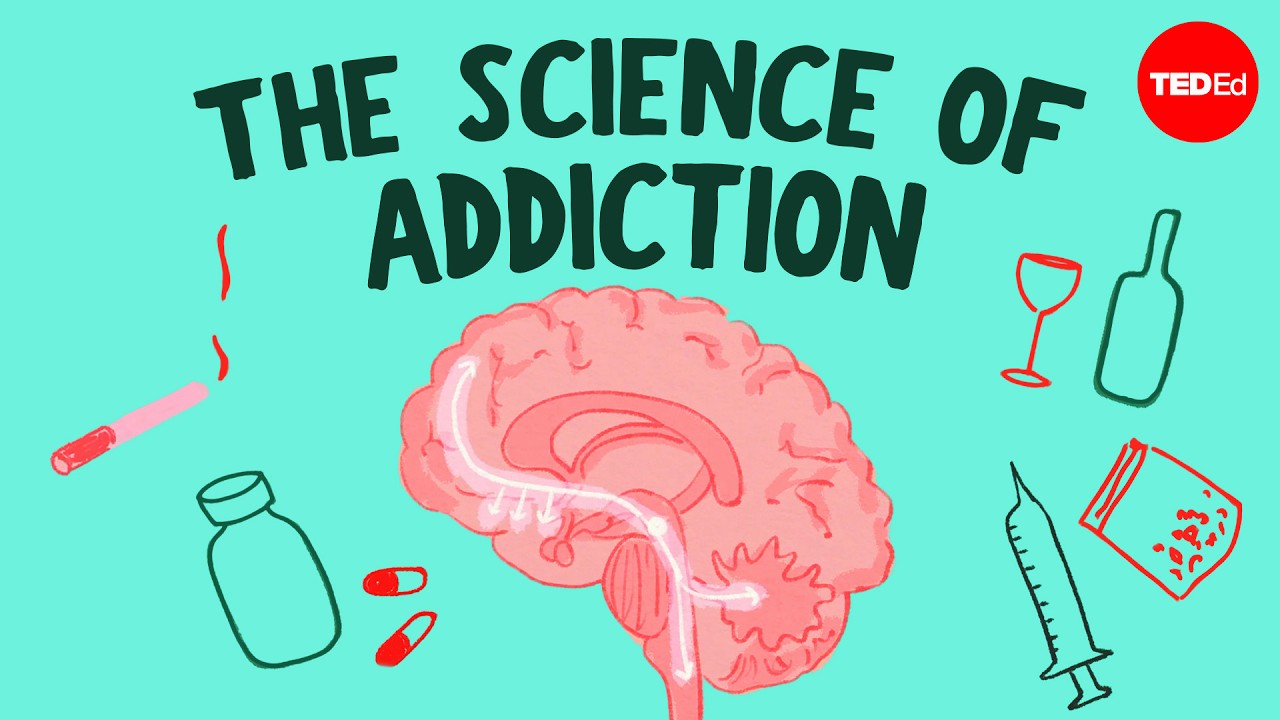
What is the role of the community in preventing drug abuse?
Communities need to plan and implement research-based prevention programs to address substance abuse. Actions to be taken by communities include identifying needs, assessing community readiness, and motivating everyone to take action. By doing that, they can tackle substance abuse more effectively.
What are the four C’s of addiction?
The 4Cs framework for understanding addiction includes Craving, Compulsion, Control, and Consequences. Cravings are intense urges to use the drug. Compulsion means there’s a strong drive to seek and use it. Loss of control over drug use means using more than intended, and consequences refer to continuing use despite harmful effects.
What is the educational program to address opioid addiction in the community?
This is Not About Drugs (TINAD) is a youth education program focused on opioid substance use. It aims to educate kids and teens about the dangers of prescription pain medications, fentanyl, and heroin, emphasizing the importance of prevention.
What is the educational program that provides education on substance use and addictive disorders?
SUPE: Substance Use Prevention Education is a broad drug education platform. It offers valuable articles and engaging videos tailored for kids, teens, parents, teachers, and other groups, covering everything from substance use to addictive disorders.
What is the role that the community can play to stop the abuse?
Communities can play a big role in stopping abuse by identifying local needs, assessing readiness, and motivating folks to take action. They can hold educational events, support families struggling with addiction, and work with local health services to create a supportive environment.
What is the role of the community in prevention?
Prevention in the community involves planning and implementing research-based programs, assessing needs and readiness, and motivating community action. Successful prevention efforts require collaboration and education to address substance abuse effectively.
What are the three pillars of addiction?
Though the 4Cs framework (Craving, Compulsion, Control, and Consequences) is widely recognized, some prefer to mention three key aspects of addiction: Drug exposure, Biological factors, and Social factors. These elements help in understanding how addiction develops and persists.
What does Bible say about addictions?
The Bible addresses addictions as being enslaved to something other than God. It encourages believers to seek help, trust in God’s support, and rely on their faith community for assistance and healing.
What is the ABC model of drug abuse?
The ABC model of drug abuse isn’t as commonly referenced as other frameworks like the 4Cs, but it generally reflects Antecedents, Behavior, and Consequences. This behavioral approach can help identify triggers and understand the direct links between actions and outcomes.
How are schools addressing substance abuse?
Schools address substance abuse through education programs, awareness campaigns, and counseling services. Many schools also partner with local organizations to offer comprehensive prevention and intervention strategies to help students avoid or overcome substance use.
What is the most popular school-based drug education program in the nation?
One of the most popular school-based drug education programs nationwide is the D.A.R.E. program. It provides students with knowledge and skills to resist peer pressure and avoid drugs.
Is Narcan only a nasal spray?
Narcan, used to reverse opioid overdoses, is available in several forms, with the nasal spray version being the most common. It can also be administered via injection, either intramuscularly or intravenously.
What is the SAP drug program?
The SAP (Substance Abuse Professional) drug program is a specialized service for individuals dealing with substance use issues, often related to workplace incidents. It offers assessments, education, and treatment recommendations by certified professionals.
What is the significance of education in treating addiction and substance use disorders?
Education in treating addiction and substance use disorders is crucial because it equips individuals with knowledge and skills to understand addiction, recognize early signs, and seek appropriate help, thus facilitating recovery and preventing relapse.
What is therapeutic education program?
A therapeutic education program focuses on integrating educational and therapeutic practices to support individuals struggling with substance use. These programs often combine academic instruction with mental health and addiction treatment services.
What is the use of local community drug prevention scheme?
Local community drug prevention schemes work by engaging residents, law enforcement, and health services to develop tailored solutions. They might include educational campaigns, support groups, and local policy changes aimed at reducing drug abuse.
How communities can use physical activities to reduce the abuse of substances?
Communities can integrate physical activities to reduce substance abuse by organizing sports events, exercise classes, and recreational activities. Physical activities offer healthy outlets for stress relief and social engagement, promoting an active, drug-free lifestyle.
What is the role of community health centers in addressing the opioid epidemic?
Community health centers are essential in addressing the opioid epidemic by providing accessible treatment options, support services, and educational resources. They often offer medication-assisted treatment and counseling to help individuals overcome addiction.
What is the most common form of community drug abuse treatment?
The most common form of community drug abuse treatment includes outpatient services. These typically involve counseling, group therapy, and support groups, allowing individuals to receive treatment while maintaining their daily routines.





